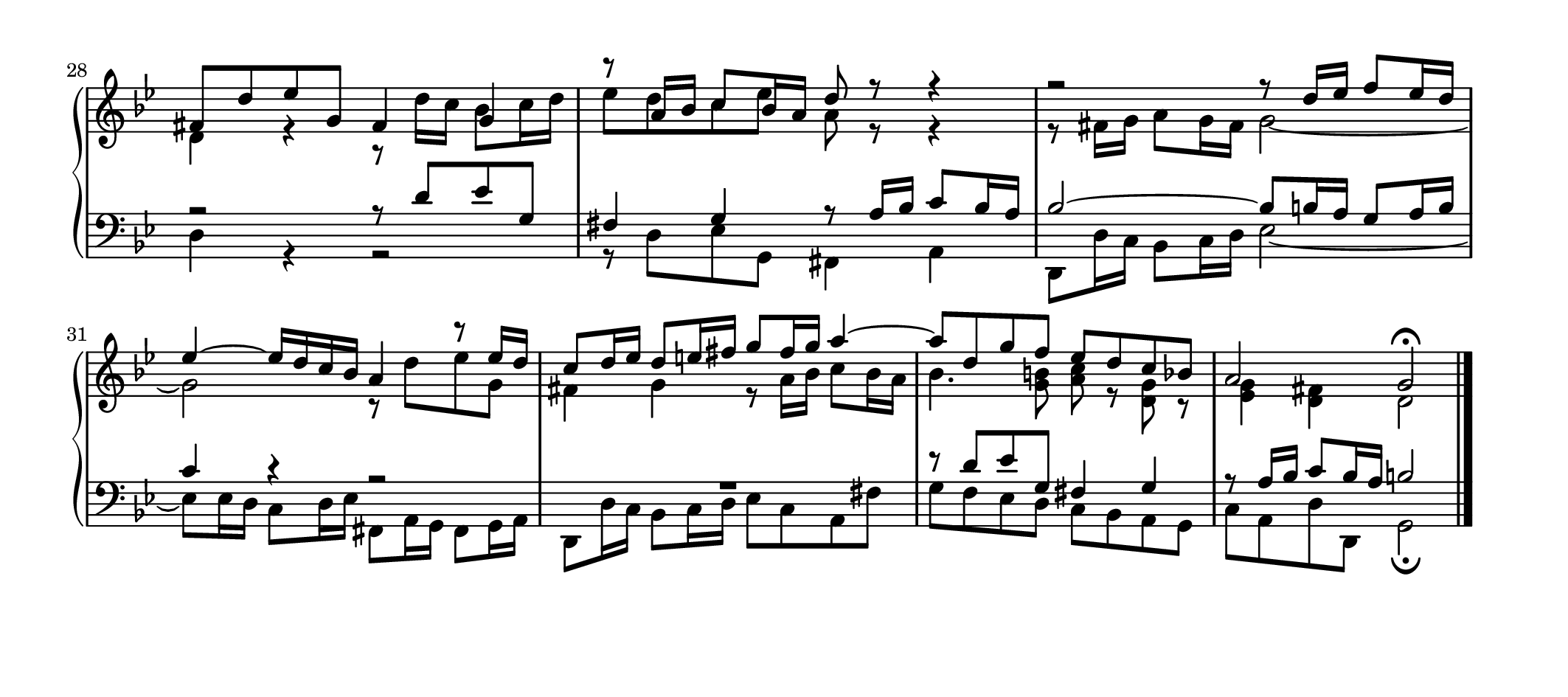

References for contemporary approaches to rhythm 1 review of Lily Pond loop The hike description was perfect, a cute little loop.2.8.2 Contemporary approaches to rhythm.Contemporary key signatures and harmony.

References for pitch and harmony in contemporary music.2.8.1 Pitch and harmony in contemporary music.2.6.1 Common notation for wind instruments.Indicating harmonics and dampened notes.2.4.1 Common notation for fretted strings.2.3.1 Common notation for unfretted strings.2.2 Keyboard and other multi-staff instruments.References for opera and stage musicals.Printing stanzas at the end in multiple columns.1.3.1 Expressive marks attached to notes.Passages outside of any percent repeat, e.g in a separate \relative c'' Īny meter changes or \partial commands need to occur in parallel Patterns that are shorter than one measure are replaced by slashes. See the menu item File→Open-→Open Source for Transcribing.Repeated short patterns are printed once, and the repeated pattern Note that myfile.ly should not exist already! Transcribing from Facsimile or Hand-written Score Then the file nemo will be exported to LilyPond and saved in myfile.ly If you invoke Denemo like this denemo -a "(d-ExportMUDELA \"myfile\")(d-Quit)" myfile Into a single palette and dock it in your main window if you wish, andĪdd any other commands to them. (View->Palettes) called “Repeats” and “Barlines”. And a commandįor n’th time bars, where you can put any text needed.Īnd all these commands are gathered together in palettes There is a convenience command that inserts all you need for a simpleįirst and second time bar case – you can start from that and then insertĮxtra bars between the start first time and end n’th time. (for the barlines) and Directives->Markings->Spanning menu (for theįirst & second time marks, which can span many bars, or part of a bar). The actual commands are in Directives->Markings->Inserting Barlines menu This happens even when they are in different staffs – if they occurĪt the same musical moment only one sort of barline will be printed. Specifically,Ī repeat end followed by a repeat start is not the same as a repeat-end-startīarline, instead the repeat start barline at the same musical moment Own it doesn’t mean anything, and so nothing will be typeset. The repeat end marker by putting one in a score on its own”, as on its Is called WYSISYM … So you can’t for example think “I’ll just test out Typesetting practice – it doesn’t blindly typeset what you enter. Things like the end of the repeated section depending on the best music Repeat start at the start of the new line. The line, so that the repeat end is at the end of the line and the Split a repeat-end-start barline, for example, if it occurs at the end of

Note that what LilyPond typesets depends on various subtleties – it will Shift-B,2 - insert a repeat-end-start barline Shift-B,s - insert a repeat start barline Then you will want to insert repeat barlines, e.g. R,2 - inserts the start of a second time bar or bars R,e - inserts the end of the first or second time bars already R,1 - inserts the start of a first time bar or bars Repeat Barlines and 1st and 2nd time bars
#Lilypond repeat how to#
Note there a template for this (see Open -> Standard Template), and in Open -> Example there is a file showing how to typeset lyrics above an below the staffs for the four parts. Use the Staffs/Voices->Staff Groupings menu to set Choir staff brace start on the first staff and end brace on the last. Then use the Voice Preset commands (Staffs/Voices->Voices menu) to set the stem directions for each voice. Then make the secondĪnd fourth staffs typeset as voices using the the Staffs->Voices->Staff to Voice command.
#Lilypond repeat manual#


 0 kommentar(er)
0 kommentar(er)
